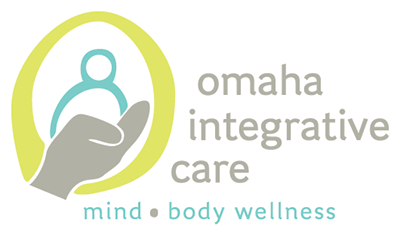

Christine Kramer
The word “trauma” comes from the Greek word meaning “wound.” When we think of trauma, we often think of a horrific event such as abuse, PTSD, or a car accident. The truth is that there are many different types of trauma and various treatments offered to heal from it.
What is trauma?
The definition of trauma has evolved over the years and keeps evolving as new research comes out. In 1987, the American Psychological Association defined trauma as “an occurrence which is outside the scope of everyday human experience and which could be notably distressing to anyone.” In 2013, the DSM-5 described trauma as “exposure to actual or threatened death, serious injury, or sexual violence in one (or more) of the following ways . . . 1) directly experiencing . . . 2) witnessing, in person . . . 3) learning that the traumatic event(s) occurred to a close family member or friend, the event(s) must have been violent or accidental . . . 4) experiencing repeated or extreme exposure to aversive details of traumatic event(s).” Here at Omaha Integrative Care, we have a proposed the following integrative definition: “a normal reaction to an unusual event that overwhelms one or multiple areas of an individual’s resources – spiritual, physical, psychological, intellectual, or environmental.”
How does trauma affect the body?
When our nervous system is overwhelmed by an event or experience, there is a physiological response (which is automatic) and our body gets ready to respond. Heart rate increases, blood pumps to the skin, we might even sweat, and the body does whatever it can to protect itself. This usually looks like fight, flight, or freeze. We want to defend ourselves, we want to run, or we completely shut off and shut down. Trauma is caused by the automatic responses that occur in the body as a response to the event, or incompletion of the event. According to Bessel van der Kolk’s “The Body Keeps Score,” if we don’t get to complete the event, the trauma is stored in the body.
How does yoga help?
When we experience a trauma, the part of the brain that processes emotional regulation gets turned off. Yoga is a visceral experience helping trauma survivors become embodied, create awareness, and interoception (a relatively newer word for feeling your body from the inside out). Bessel Van der Kolk says, “Simply noticing what you feel fosters emotional regulation and it helps you to stop trying to ignore what is going on inside of you. Yoga encourages survivors to notice what they notice, and feel what they feel in an intentional, grounding, and gentle way.”
How does yoga support trauma survivors?
There are a couple of ways yoga does this:
1. Gentle yoga postures. There is always an invitation for exploring different shapes in the body with a wide variety of ways to do the poses. There is no wrong way! You will rarely find advanced postures, a fast pace, or super strength-heavy class as it is more about exploring sensation in the body.
2. Noticing the breath. The breath is our direct link to the nervous system, and whenever we notice it, we create a relaxation response. Different types of breathing exercises (e.g. box breathing) can help survivors access their parasympathetic nervous system (rest & digest).
3. Interoception. This is the exploration of one’s inner landscape, which engages the part of the brain (parietal lobe) that helps us feel ourselves. There may be invitations of temperatures, textures, or other sensations in the body, as well as invitations of the breath and the thoughts. We observe, notice, investigate, and explore. In other words, we get curious about the internal sensations.
4. Elevating heart rate and lowering heart rate. This is the marker of resilience, adaptability, and the capacity to come back to feeling safe.
Quite simply, yoga helps trauma survivors to feel themselves from the inside out, develop the awareness of their body in a safe environment, and regulate their nervous system through their breath.
Want to explore yoga for yourself? Try one of our classes (new students can access their first week of classes for free) or explore our video collection on our Yoga & Meditation Resources page.
Christine Kramer is a registered yoga teacher at Omaha Integrative Care. She also holds certifications in Trauma Informed Yoga and health coaching. For Christine, the practice of yoga is a tool for creating intimacy, discipline and connection to your body.

Connect With Us